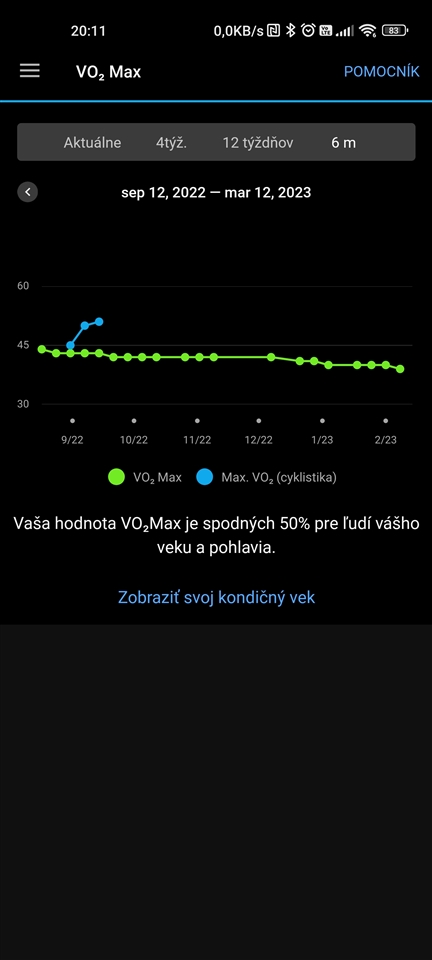Can you explain to me how VO2 max is calculated? I started running 6 months ago. VO2 max we calculated at 42 and kept at this value for a long time. I finally started to improve my poor pace, increase the distance and from that moment my VO2 max gradually decreased to 39. How is this possible?





